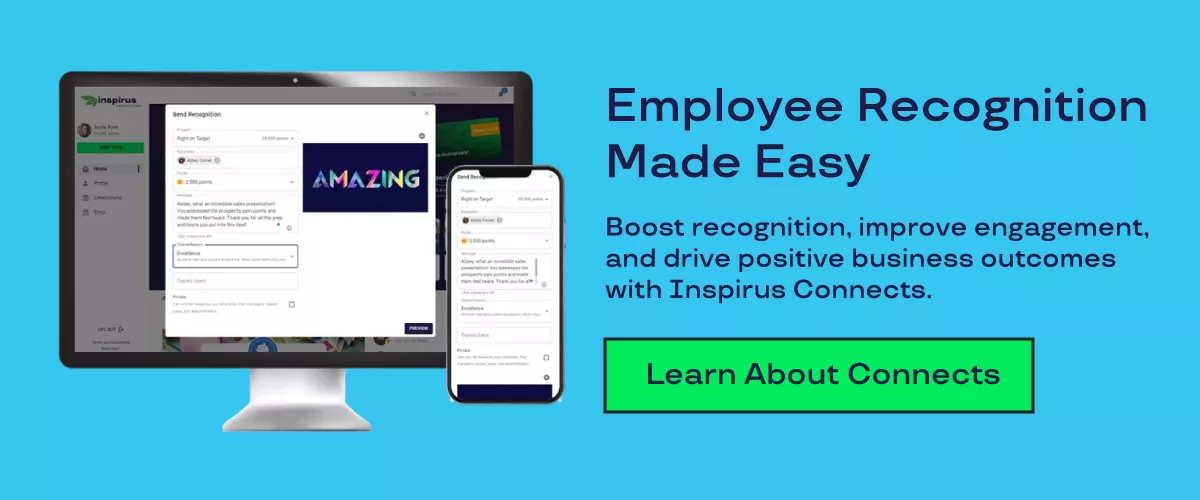
Navigating HR Challenges & Identifying Effective Employee Engagement Strategies That Work
May 23, 2024
It’s a challenging world for HR professionals these days. Although HR has always been a profession that faces a myriad of challenges, since the pandemic, those challenges have multiplied exponentially as HR pros continue to seek employee engagement strategies that work.
Since then, HR pros have had to quickly pivot to a new work model that continues to be marked to a significant degree with hybrid and remote work; with a blend of full-time, part-time, and contract staff; and with new technology that continues to disrupt.
Amid these challenges, HR has become the de facto department responsible for employee engagement. Engaging employees is a must in this environment to navigate the many challenges today’s workforce faces and ensure productivity, commitment, and longevity.
It’s not an easy burden to bear. But it’s an important one. Here we take a look at actionable strategies that HR professionals can implement to drive employee engagement amid these organizational hurdles.
Understanding HR Challenges in Employee Engagement
Boosting employee engagement levels is a top priority for HR professionals in all industries and organizations. Regardless of the talent market and whether it’s an employer or employee labor market, employee engagement is critical for overall business success.
One of the major impacts of an effective employee engagement strategy is satisfaction and employee retention. Lack of engagement leads to turnover. High turnover comes with costs not only related to talent acquisition and training, but to the loss of institutional knowledge and the impact of turnover on productivity.
Low employee engagement levels can also lead to a toxic work environment that can further fuel dissatisfaction and more turnover, creating a vicious cycle that can be hard to reverse.
HR must be proactive in developing strategies to address these challenges and foster a culture of engagement.
Building a Resilient HR Framework
At the outset, it’s critical to create a resilient HR framework that sets the stage for a strong culture and effective employee engagement. This framework consists of policies, procedures, and organizational structure that are designed to cover recruitment, performance management, compensation and benefits, and employee development. With clear policies and processes in place, HR can ensure the fair and equitable treatment of employees in an environment of transparency and accountability.
A well-designed structure facilitates communication and cross-functional collaboration that can drive effective decision-making and innovation. Policies and procedures support that structure and ensure that everyone in the organization understands their role and the expectations the organization has of them.
HR leadership also sets the stage for engagement and a strong organizational culture. Importantly, HR and organizational leaders must explicitly exhibit the values and behaviors they want to cultivate among the entire workforce. They should lead by engagement through open communication and a positive and inclusive work environment.
The HR framework must also align with organizational goals and values to drive desired results. To do this, it’s important to form strong relationships with senior leadership and other stakeholders across the organization. If they’re not part of the strategic planning process — which they should be — HR leaders should be sure to read and understand the strategic plan and corporate objectives. This ensures that their key strategies will be aligned with the company’s to support progress in the right direction.
Leveraging Technology for Engagement
While technology can create challenges, it can also be a powerful tool to help drive employee engagement by streamlining processes, fostering open communication, and delivering personalized experiences that resonate with employees.
For Example:
- Employee engagement platforms can be used to strengthen organizational culture, gather real-time employee feedback, conduct pulse surveys, and gain invaluable insights into employee sentiment by inviting employee input. Analyzing these inputs can help HR professionals identify areas of potential concern and tailor their strategies and targeted initiatives to address them.
- Performance management systems can help to streamline the feedback and performance management process to reduce administrative burdens for management and allow them to spend more one-on-one time with employees to spur engagement and professional development.
- Communication tools ranging from videoconferencing platforms, to project management apps, to online systems for employee recognition and rewards can help empower both managers and employees to interact more frequently with each other and to contribute to a culture of positive reinforcement.
Today’s tech solutions take the tedium out of critical employee interactions to free up time for more meaningful — and personal — engagement.
Enhancing Communication and Transparency
Open and transparent communication helps foster trust and engagement among employees. That can be especially important during difficult times when organizations must deliver bad news. When employees know they can trust their leaders, they are more likely to be engaged and productive — even during difficult times.
It’s important for communication to be ongoing and to use a variety of different channels and methods — from town halls, team meetings, and feedback sessions, to newsletters/e-letters, emails, online chat channels, videos, and more. Formal employee feedback surveys can be another great way to gather feedback that can be used in developing employee engagement strategies that work.
In addition to spearheading organizational internal communication efforts, HR can play an important role in coaching and counseling managers and supervisors to improve their communication skills. HR can help to identify and address communication barriers that may exist — and facilitate more effective communication.
Nurturing Talent and Career Development
Professional and career development are important to employees today, with many indicating that if these opportunities are lacking in their organizations they will seek employment elsewhere. Employees value training and education to help them perform more effectively in the jobs they currently have, and to prepare themselves for future opportunities.
Talent and career development efforts, like communication, should take a variety of forms to meet varied employee needs. For instance:
- Mentoring. Whether formal, or informal, mentoring can help employees improve both their hard and soft skills — and nurture relationships that can boost their career development.
- Skills development workshops. Whether held in-person, or virtually, live or on demand, skills development workshops can be an important element of an organization’s upskilling and reskilling efforts.
- Career pathways. If employees don’t understand where — and how — they might move within the organization, they may fail to appreciate the options that exist. Creating and communicating formal career pathways helps employees understand the opportunities available to them and identify the training and development needs those opportunities might require.
Offering a wide range of opportunities for employee growth and advancement is a great way to boost engagement, and retention. In a quickly changing world impacted by rapidly emerging and advancing technology, these efforts benefit both the organization and its employees.
Measuring and Monitoring Engagement Success
Without methods to measure and monitor employee engagement, HR professionals can’t understand whether their efforts are having an impact. Establishing a baseline, implementing or adjusting engagement efforts, and measuring to determine movement ensure that engagement efforts used are cost effective and generating desired results.
There are a variety of ways that HR can measure engagement success from monitoring traditional metrics like employee satisfaction and turnover, to evaluating performance review data, conducting focus groups, and evaluating employee movement within the organization.
Using data-driven insights can help identify best practices that can be spread to other areas of the organization, and be used to refine engagement strategies for continuous improvement.
Identifying Employee Engagement Strategies That Work
Navigating today’s HR challenges and identifying effective employee engagement strategies that work is a key mandate for HR leaders. Understanding current HR challenges, building a resilient HR framework, leveraging necessary tools and strategies are key to improving employee engagement and cultivating better employee retention.
These efforts can lead to highly engaged employees — the kind of capital that every organization wants.





